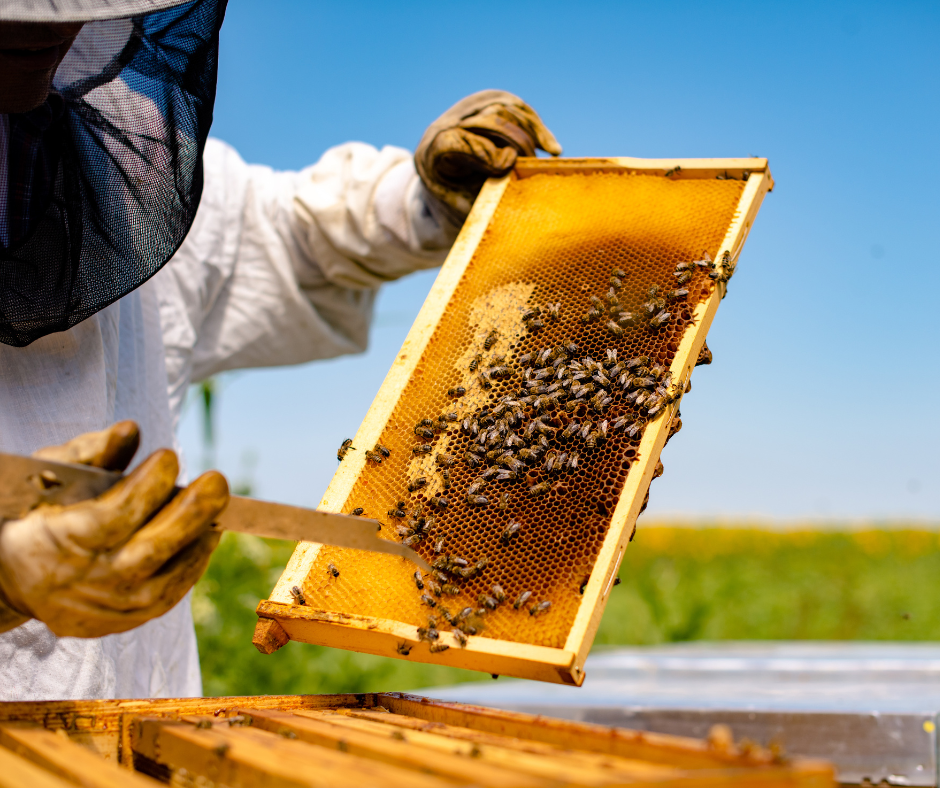Imagine a world where bees, nature’s little architects, are watched over and supported by an invisible network of advanced technology. This is not a futuristic dream, but the reality that beekeeping is beginning to experience thanks to the entry of artificial intelligence (AI) and other innovative technologies into the field.
- Artificial intelligence in beekeeping
- Animal welfare and artificial intelligence
- Challenges for beekeeping
Artificial intelligence in beekeeping
Beekeeping is an ancient activity that has evolved over the centuries, but today it is experiencing a revolution thanks to artificial intelligence (AI). This innovative technology is transforming the way beekeepers manage their hives and monitor bee health.
With AI, a wide range of data, such as bee behaviour, environmental conditions and the presence of diseases or pests, can be analysed in real time.
With advanced sensors and machine learning algorithms, beekeepers can now monitor various aspects of their hives in real time.
These monitoring systems can detect changes in temperature, humidity, weight and even sound, providing valuable data without disturbing the bees.
And then there are the drones those flying technological companions that fly over flowering fields, mapping and scanning the areas where bees collect their precious nectar. Not only that, but they can also transport hives to new pastures, helping bees find the best resources without the stress of long road trips.
Animal welfare and artificial intelligence
AI can also help in the early diagnosis of diseases of bees; by analysing the flight patterns and behaviour of bees, AI can identify signs of diseases such as varroasis long before they become apparent to the human eye.
Analysis of the collected data can guide beekeepers in making decisions on when is the best time to harvest honey, thus ensuring optimal production. Furthermore, AI can predict seasonal and environmental trends that influence honey production.
AI also helps to identify early warning situations, such as pesticide poisoning, allowing beekeepers to intervene quickly to protect the health of their colonies.
In addition, bees become bio-indicators effective, capable of detecting imbalances at an early stage that could harm biodiversity and human health.
Machine learning algorithms analyse data on the habitat of these insects, their behaviour and environmental threats, providing detailed insight into the challenges these insects face.
Challenges for beekeeping
Looking to the future, AI promises to revolutionise beekeeping.
It could actually lead to efficient hive management, improve bee health and increase the production of honey and other bee products.
It could allow beekeepers to customise treatments for each individual colony, optimising health and productivity.
The success of this integration depends on balancing innovation and responsibility, ensuring that the benefits of AI are accessible to all and environmentally friendly.
However, affordability of these tools is not a given, hence the need to make the technologies accessible to all beekeepers, minimising competitive inequalities; there are also sensitive issues such as privacy, ethics and data management.
In conclusion, AI-assisted beekeeping is not only a testament to technological progress, but also an example of how we can use these innovations to support and improve ancient and fundamental practices.
Bees are essential for biodiversity and global food production, and with the help of AI, we can ensure that they continue to thrive in a rapidly changing world.
The harmony between nature and advanced technology offers an optimistic vision for the future of agriculture and environmental conservation.
Play for the planet!
